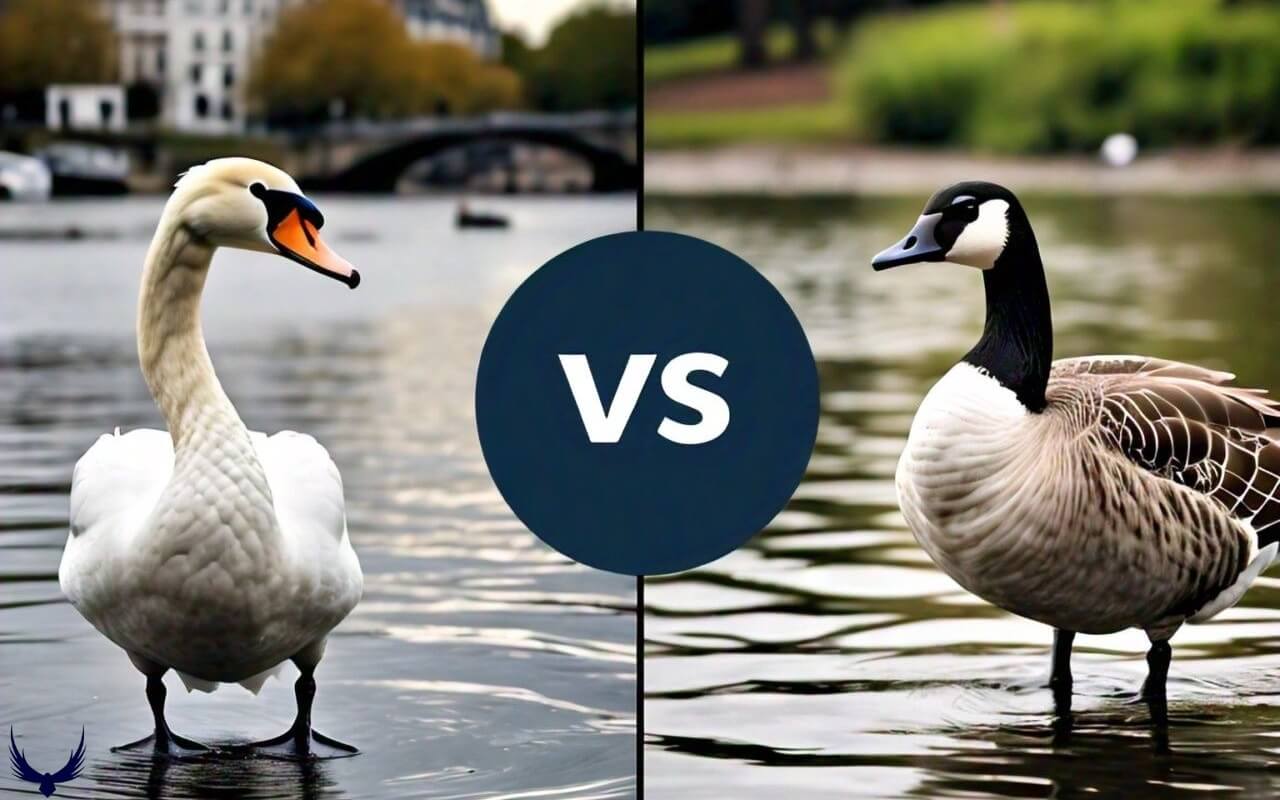Swans and geese are elegant and graceful birds in the Anatidae family. They mesmerize us with their beauty and presence. Despite their stunning looks, they have similarities and differences that can confuse birdwatchers.
Let’s explore the mysteries of Swan vs Goose by looking at their size, diet, behavior, and habitats.
Swan vs Goose: Classification
Swans and Geese are both waterfowl belongs to Anatidae family which also includes ducks, but they are classified into different genera.
- Swans belong to the Cygnus (genus) that has 7 subspecies
- Goose has 20 subspecies classified into three genera, primarily Anser and Branta.
Swan vs Goose: Body & Shape
Swans have a larger and more rounded body. They have a longer and more curved neck and hold their necks in an S-shaped curve when swimming.
Geese have a more streamlined body. They have shorter and straighter necks held in a more upright position and a more compact body shape.
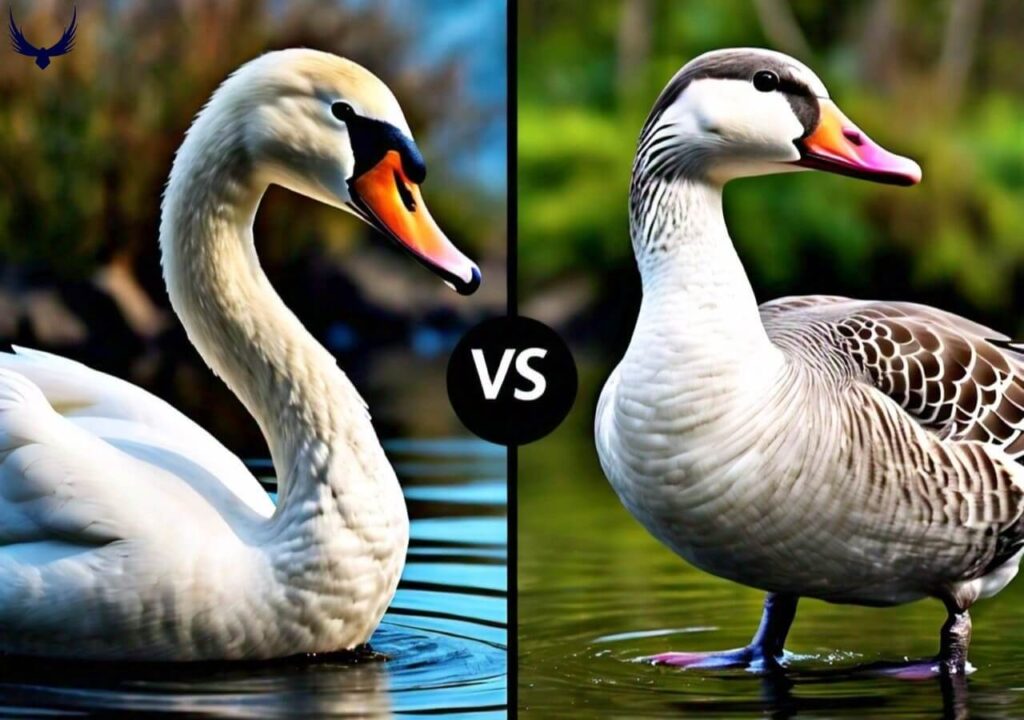
Swans and Geese have webbed feet and flatter bills, but their coloration can vary. Most swan species are mostly white, except the Black Swan with all black feathers, while geese can come in a variety of colors, including gray, brown, and black, but only have white feathers on their tail or underbelly.
Swan vs Goose: Size
Height
Swans are bigger than geese. The Mute Swan is one of the largest swans, reaching 4 to 5 feet in length. Other swans like the Trumpeter Swan and Whooper Swan are 3.5 to 4.5 feet long.
Geese are smaller than swans. The Canada Goose, a common large goose, is usually 2 to 3.5 feet long. Other geese like the Snow Goose and Brant Goose are typically 2 to 3 feet long.
Weight
Swans are heavier than geese because they are bigger. A Mute Swan can weigh 20 to 30 pounds, while Trumpeter and Whooper Swans weigh 15 to 25 pounds.
Canada Geese weigh 5 to 14 pounds, and Snow and Brant Geese weigh 3 to 7 pounds.
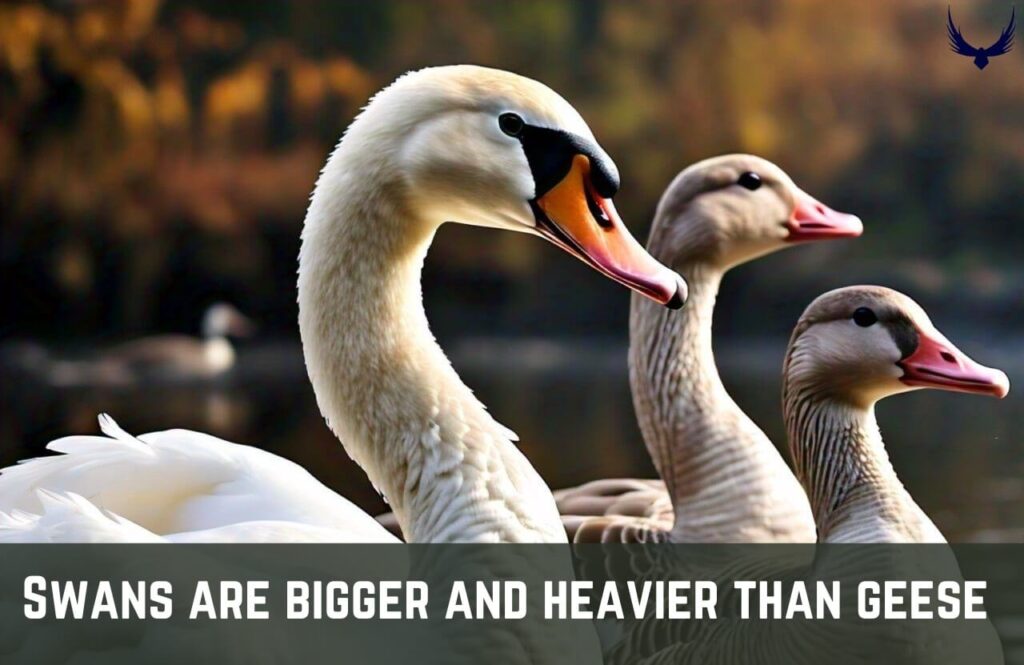
Wingspan
Swans have big wings to support their large bodies. The Mute Swan’s wingspan is about 6 to 8 feet. Trumpeter Swans and Whooper Swans have wingspans of 7 to 9 feet.
Geese have smaller wingspans than swans. Canada Geese have wingspans of 4 to 6 feet. Snow Geese and Brant Geese usually have wingspans of 4 to 5 feet.
Swan vs Goose: Speed
Flying Speed
Swans fly at 40–50 mph during migration, with some reaching 60 mph. Geese fly at 35–60 mph during migration in V-shape formation, with some reaching 70 mph with tailwinds.
Running Speed
Swans are not fast runners on land because they are better at swimming and flying. They can run at speeds of 25–30 mph on the surface of water before they take off.
Geese, on the other hand, are faster runners on land than swans. They can run at speeds of around 40 mph.
Swan vs Goose: Age
Captivity
Swans can live up to 20 to 30 years in captivity, with some living over 40 years with proper care. Geese in captivity usually live 10 to 25 years, but with good care, some can live up to 30 years.
Wild
In the wild, swans usually live for 10 to 20 years, with some reaching 30 years. Factors like predators, disease, habitat, and human activity can affect their lifespan.
Geese in the wild live shorter lives than those in captivity, usually 5 to 15 years. Predators, hunting, habitat loss, and the environment can affect how long they live. Some geese, like the Canada Goose, can live up to 20 to 25 years in the wild if conditions are good.
Swan vs Goose: Behavior
Swans are graceful and elegant in water. They can be territorial and aggressive, especially when protecting their nests and babies during breeding season. Swans usually mate for life.
Geese are social and noisy, often forming loud flocks. They can be aggressive and territorial, especially when nesting or with their babies. Geese usually mate for life, but some species may mate with others.
Mating & Partner Bond
Swans mate for life and have strong pair bonds. They show affection through head-bobbing, wing-flapping, and swimming together. If one swan dies, the other may find a new mate, but this is uncommon.
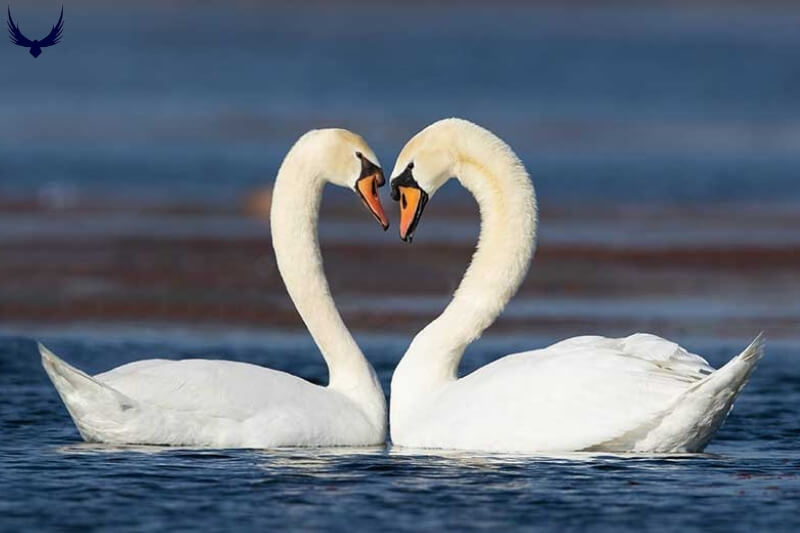
Geese also form long-term pair bonds and mate for life. Some geese, like the Greylag Goose, may find new partners if the previous one doesn’t work out or if one partner dies. Geese show affection through head-tossing and calling during courtship.
Social Structure
Swans are usually not very social and prefer to be alone, defending their nesting and feeding areas. They may sometimes be with their young.
Geese are very social birds and often gather in big groups, especially when they are migrating or in winter. These groups have a leader. Geese have strong family ties, with both parents looking after their young.
Swan vs Goose: Feeding Habits
Swans are primarily herbivorous, feeding on aquatic plants, submerged vegetation, and occasionally grasses and grains. They do exhibit some omnivorous behavior depending on the species, their age, and the availability of food. The diet of swans varies widely across species and geographical locations.
Geese also eat plants, but they eat a wider variety, including grasses, grains, and crops like corn and wheat. They pluck plants with their land bills and eat aquatic plants in shallow water.
Goose vs Swan: Breeding Pattern
Swans and geese breed at the same time and can be aggressive during this time because they both help care for their young.
Swans build nests near the water using aquatic plants, reeds, twigs, and other vegetation, and typically lay between 4 to 8 eggs but can lay up to 12 eggs in one clutch and incubation period is about 5 to 6 weeks.
Geese prefer open areas with good views of predators and food sources like golf courses, lawns, tree cavities or human-made platforms, and lay between 3 to 12 eggs, depending on the species. Incubation span for geese range from 4 to 5 weeks
In summary, swans work harder to build bigger nests near water, while geese have more nesting options and lay more eggs with a shorter incubation time.
Swan vs Goose: Habitat
Swans like to live in big freshwater areas such as lakes, ponds, rivers, and wetlands. They prefer quiet places with lots of water plants. Some swans can be seen in city parks and artificial water bodies.
They are found in North America, Europe, Asia, Australia, and parts of South America. Swans are not usually found in tropical areas, dry deserts, and Antarctica.
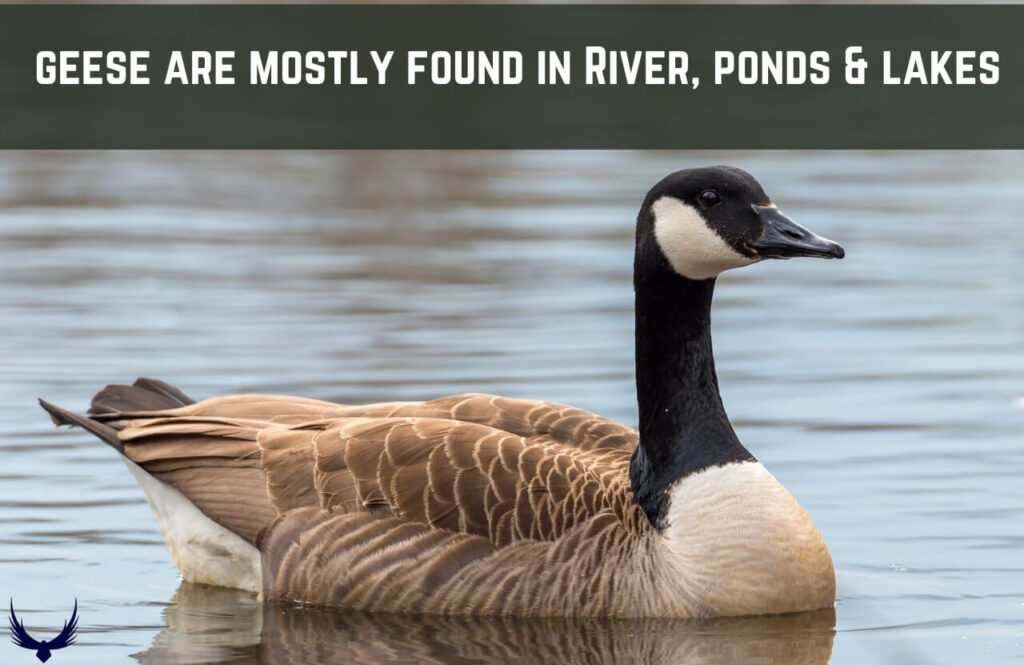
Geese can be found in wetlands, marshes, ponds, lakes, rivers, fields, grasslands, and coastal areas. They can also live in urban areas, parks, and lawns, and are more tolerant of people than swans.
Geese are found on various continents, including North America, Europe, Asia, Africa, and parts of South America. They are not usually found in deserts, polar regions, areas with severe pollution, or remote oceanic islands.
Swan vs Goose: Population
Swans and geese have different global populations. Some swan species, like the Mute Swan, have widespread and stable populations, while others, such as the Trumpeter Swan, have experienced population declines and conservation efforts.
Geese populations can vary greatly depending on the species and region, with some species experiencing population growth and others facing declines due to habitat loss or overhunting. Swans are considered threatened, while geese are of least concern in terms of conservation status.
Goose vs Swan: Predators
Geese and swans both have challenges with predators.
Humans pose a big danger to swans by hunting them for food. This caused a drop in the swan population until they were protected. Wolves also hunt adult swans. Raccoons mainly target swan eggs and babies by stealing from their nests. Eagles and hawks occasionally prey on babies or young swans, but not usually on adults.
Geese and their eggs and goslings are susceptible to a wider range of predators, including foxes, wild dogs, raccoons, skunks, and various birds of prey. The variety of predators that target geese shows how tough it is for them to survive.
FAQs – Swan vs Goose
Do Swans and Geese Interbreed?
Swans and geese can mate and have offspring. But this interbreeding is rare because of behavior and environmental differences between the two species. The babies from this mix are called swan-geese, swan-goose hybrids or swoose. These hybrid birds may not have babies and survive as well as purebred birds.
Are Swans Just White Geese?
A white goose and a swan may look similar because they are mostly white, but they are different in many ways. Geese are smaller with a short neck and a thick body, while swans are bigger with a long neck and a sleek body. Swans swim with a curved neck, while geese keep their necks straight. Swans have strong wings and can fly straight from the water, while geese need to run first.
Why do Geese Fly in a V Formation?
Geese and ducks save energy by flying in a V formation. They fly close together to reduce wind resistance. They take turns leading the group to rest and fly longer without stopping. Flying in a V formation also helps them stay organized and communicate better.

